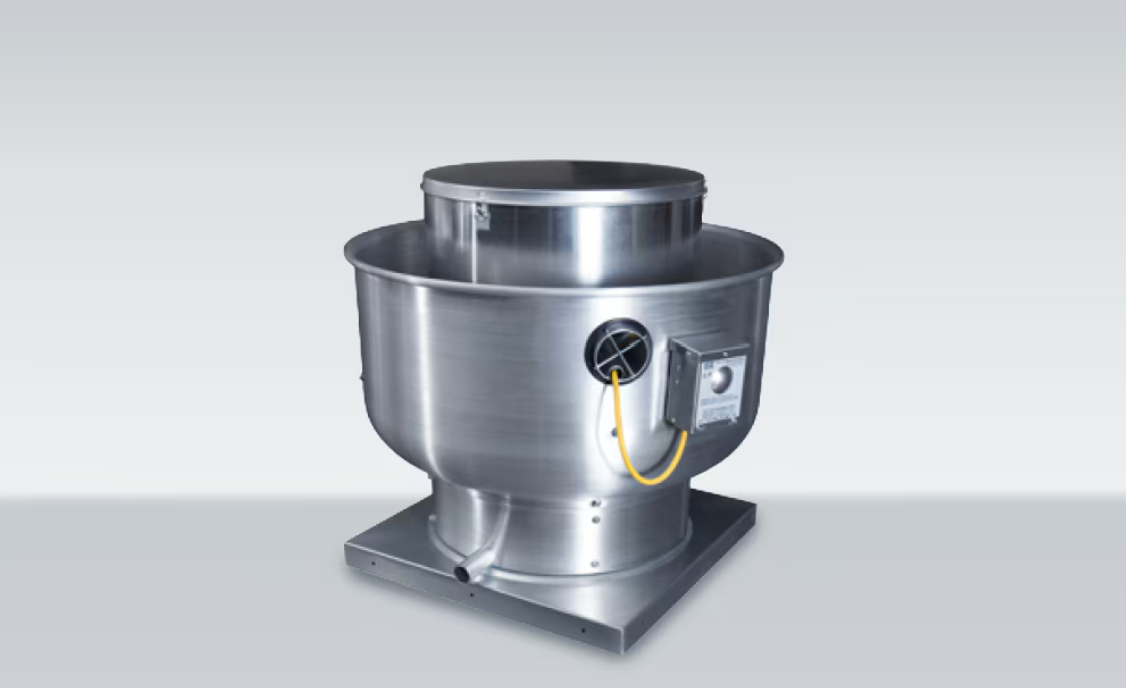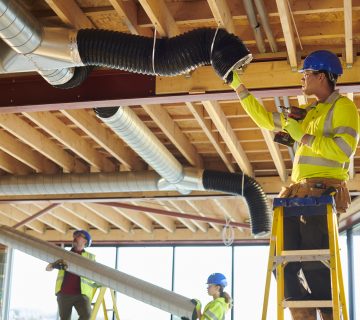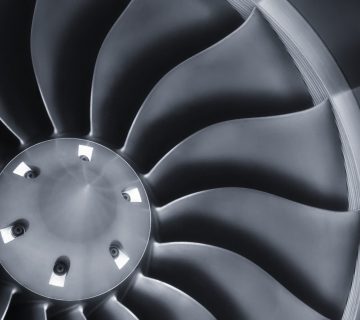Table of Contents
When it comes to modern building design, fans in indoor air quality management are essential tools for promoting healthier, more energy-efficient environments.
At EDI, based in New Jersey, we know that optimizing airflow is critical not just for comfort, but for the long-term health and sustainability of residential and commercial spaces alike.
As concerns about indoor environments continue to rise, particularly in the Northeast’s varied climate, it’s more important than ever to design fan systems that support ventilation, filtration, and pollutant control. Here’s how the right fan strategies can dramatically elevate your IAQ efforts:
1. How Fans Enhance Ventilation Efficiency in Indoor Air Quality Management
Proper fan selection is the foundation of ventilation design in healthy buildings.
Whether integrating energy recovery ventilators (ERVs) or precision supply fans into a building’s HVAC system, fans help establish the airflow patterns necessary to dilute indoor contaminants. In New Jersey’s diverse range of building types—from historic structures to modern multi-family residences—efficient ventilation is essential for maintaining occupant health year-round.
Tip: Always base fan specifications on a detailed ventilation load analysis tailored to your building’s occupancy and use case.
2. The Role of Fans in Supporting Air Filtration and HEPA System Performance
Fans drive the effectiveness of air filtration systems at every level.
Maintaining steady airflow across high-efficiency MERV or HEPA filters ensures the removal of airborne allergens, fine particulate matter, and pathogens. Without the right fan dynamics, even the best filters underperform. For projects throughout New Jersey—from corporate offices to healthcare facilities—air filtration performance is non-negotiable.
Tip: Balance airflow and pressure drop carefully to optimize both filter efficiency and fan energy consumption.
3. Using Fans to Control Pollutant Concentrations and VOCs
Fans are vital for pollutant removal in enclosed spaces. Effective exhaust and recirculation fans help evacuate volatile organic compounds (VOCs), carbon dioxide, and other indoor contaminants. Whether it’s kitchen exhaust systems in Hoboken restaurants or VOC management in Newark office spaces, local exhaust ventilation is key to a successful indoor air quality strategy.
Tip: Incorporate dedicated exhaust fans for kitchens, restrooms, mechanical rooms, and print centers to localize and control pollutant emissions.
4. Humidity Control and Moisture Management Through Fan Systems
Humidity control is a critical yet often overlooked component of indoor air quality.
In New Jersey’s humid summers and dry winters, fans must work in concert with dehumidification and HVAC systems to manage indoor moisture levels. Excess humidity leads to mold growth and indoor allergens, while too little can cause respiratory irritation and building material degradation.
Tip: Design fan and ventilation systems to maintain indoor relative humidity between 30%–60% throughout seasonal changes.
5. Energy-Efficient Fans for Sustainable Indoor Air Quality Management
High-performance, energy-efficient fans improve IAQ while supporting green building goals.
Variable-speed fans, ECM motors, and demand-control ventilation solutions dynamically adjust airflow based on real-time building needs. In New Jersey, where energy costs and sustainability mandates are tightening, efficient fan systems can help projects achieve LEED, WELL, and ENERGY STAR certifications without compromising indoor health.
Tip: Select ENERGY STAR–rated or demand-controlled fans to balance air quality needs with energy savings and sustainability targets.
Looking to improve indoor air quality for your New Jersey building project?
EDI specializes in designing and specifying high-performance fan systems that balance health, energy efficiency, and sustainability. Get in touch with our team to see how smart airflow design can elevate your next project.




